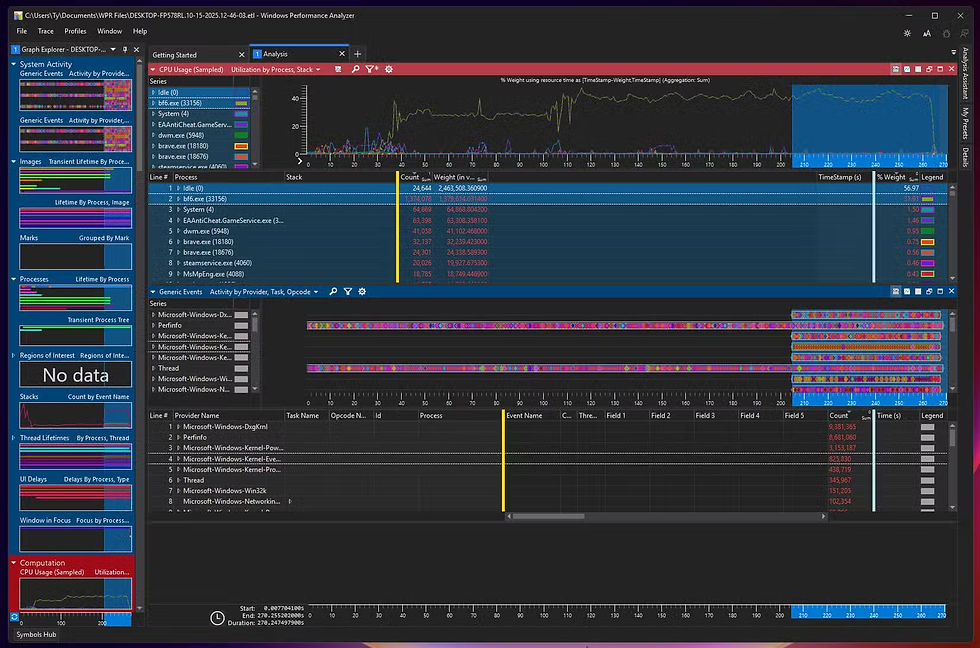DevOps Automation
- The Oldcommguy
- Apr 17, 2019
- 2 min read
In today’s world, there has been a dynamic shift towards automation. To validate this observation products such as Ansible, Chef, Puppet Saltstack are continually making steady inroads into corporate enterprise businesses, this is a logical evolution that spans from server support (Linux, Microsoft) to network devices (router, switches), as well as taking us into the world of cloud, cloud (AWS, Azure, Google), Docker, and VMWare.
At Gearbit we continually strive to explore in detail the practicality of utilizing DevOps tools for Automation that includes network, server, and security. Gearbit would like to ask if you would please take 3 minutes of your time to respond to our exploratory survey, and yes we ask for your email to keep the survey legit, but promise not to abuse it?
Thank you for your participation! We'll share the results in the next article!

In the network world, keeping configurations correct and more importantly current is increasingly vital, including BGP, VLAN, or just for general information, it all can be kept current in small to very large deployments.
Reasons we may want to move to this technology for network automation.

We've selected severa of the top tools and looked at Gooble trends for 5 years for Ansible, Chef, Puppet, Salt software, and the results are interesting.

As you can see above, over the past 5 years Puppet and Chef are the legacy players whereas Ansible and Saltstack are newer players. In addition, Ansible looks very promising. In conclusion, all four tools have their own advantages and categories in which they are better than the other. My only intention here is to help you in your decision making. So, it is necessary that you choose the appropriate tool which can be tailored according to your needs.
TECH NOTES:
How about server support, from building Linux servers, internal configuration, gathering facts, or updates.
Can be throttled such as Run 10 or more at a time.
Updates can be installed and removed if needed with one quick command.
Router updates such as BGP, VLANs
Router queries for status
Network devices rolling update into production and rolling back updates
Setting IP host addresses,
Server builds to maintain standard configurations
Server updates
Server gathering of key information





